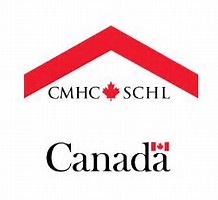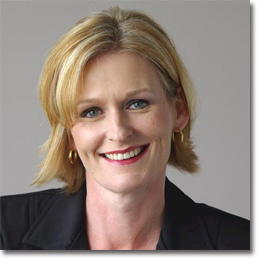 CMHC says in new guidebook maybe that loan is actually a little too large for you
CMHC says in new guidebook maybe that loan is actually a little too large for you
Garry Marr | Financial Post | February 28, 2017
Canada Mortgage and Housing Corp. has a new how-to guidebook on buying a home and one of the more intriguing bits of advice is not to take on as large a loan as you might qualify for from your financial institution.
CMHC, which provides policy advice for the federal government on housing, takes it one step further in its House Buying Step by Step guide, saying you don’t need to take out a loan for the entire amount being suggested.
“Qualifying is one part of the equation but that doesn’t mean I can really afford it,” says Ina Wielinga, knowledge transfer consultant with CMHC. “When you go to a bank and qualify for that mortgage, they’ll (give you the debt qualification) calculations but you have to go back home and look at your personal circumstances and see if this fits in your budget.”
That advice comes against the backdrop of soaring prices that saw the aggregate price of a home across the country reach $551,400 in January, up 15.03 per cent from a year ago, according to the Canadian Real Estate Association. Greater Vancouver and the Greater Toronto Area, where prices were up 22.6 per in January from a year ago, continue to drive the national numbers.
The revision of the guide, first published in 1998, has been in the works for about 18 months and isn’t specifically aimed at soaring house prices today.
The federal government created new rules last year that forced all consumers with loans backed by Ottawa to qualify based on the Bank of Canada five-year posted rate which is now 4.64 per cent. The site ratesupermarket.ca says consumers can borrow as low as 2.39 per cent for that term.
The higher rate results in a larger monthly payment and makes it harder to qualify for a loan under a formula that says your monthly housing costs should be no more than 32 per cent of your gross monthly income. Housing costs include mortgage payment, principal and interest, property taxes, heating costs and 50 per cent of condo fees.
The other key affordability rule, also impacted by qualifying on the higher posted rate, is that your debt load should be no more than 40 per cent of your monthly gross income. In addition to housing costs, car loans or leases, credit card and lines of credit payments and other loans are calculated into that formula.
“The bank qualifies you based on rigorous standards that we all support but how much you want to dedicate of your personal budget is a function of your other preferences,” says Bob Dugan chief economist with CMHC, suggesting people might want to budget more money for dining out, leisure activities or vacations.
Dugan says the new federal guideline was intended to protect Canadians against rising interest rates but the suggestions in the guidebook are aimed at Canadians considering their own personal lifestyle.
The guide, available online, is designed to provide “guiding principles” to determine how much Canadians can spend without putting their financial health at risk. It goes into upfront and ongoing costs of homeownership, preparing to meet lenders, definitions of key words, the basics on a mortgage and tips on maintaining and protecting your investment.
Comments are closed.










